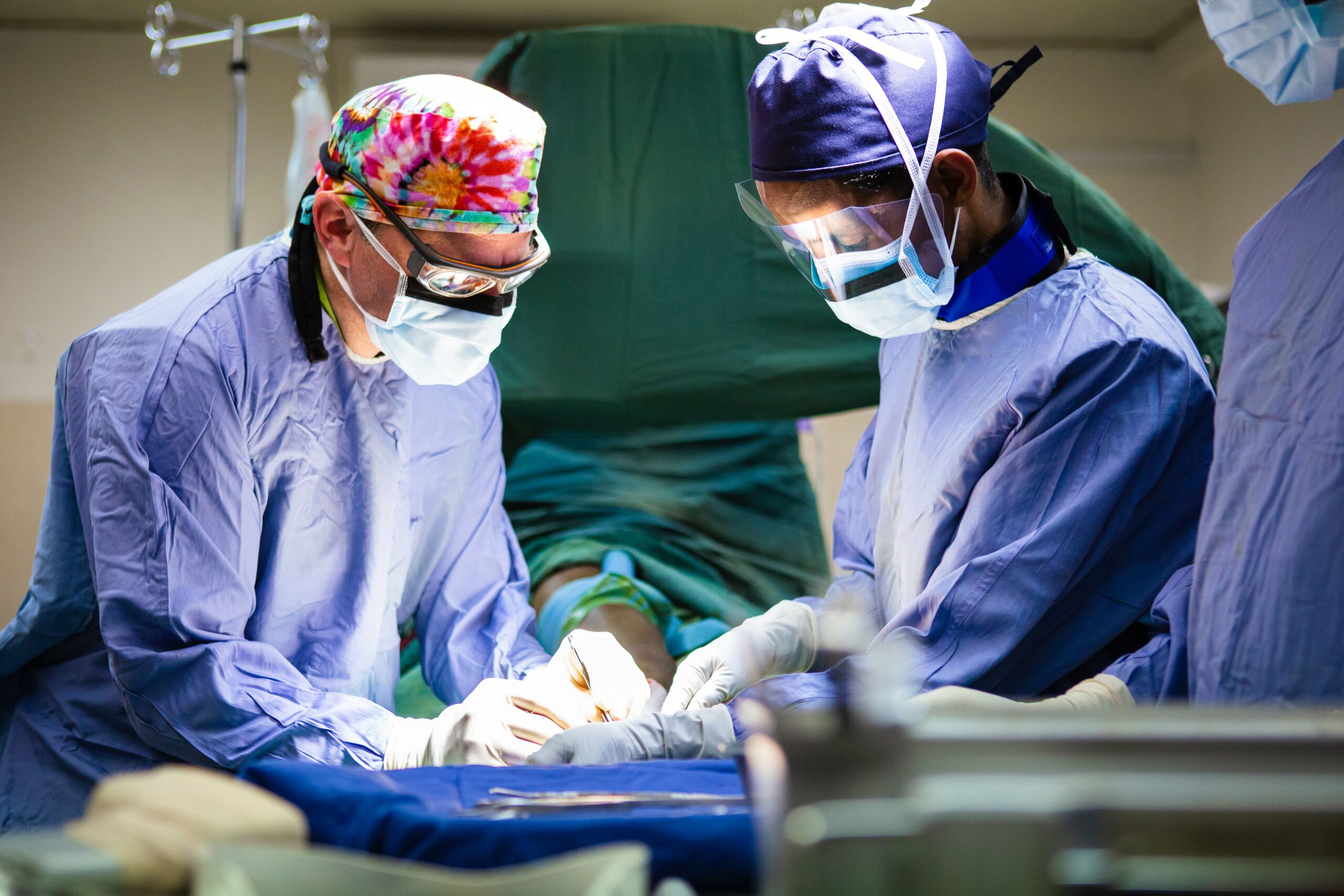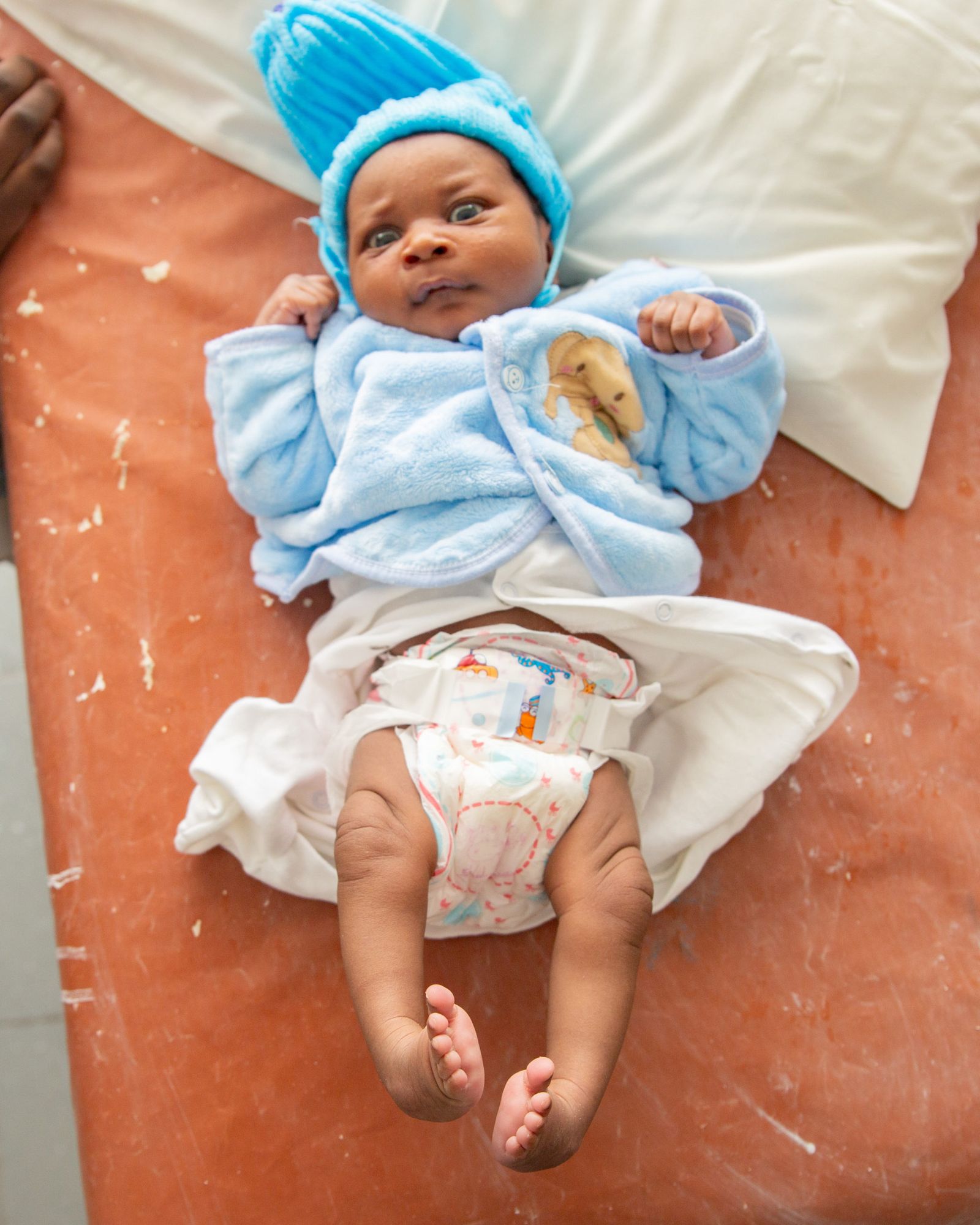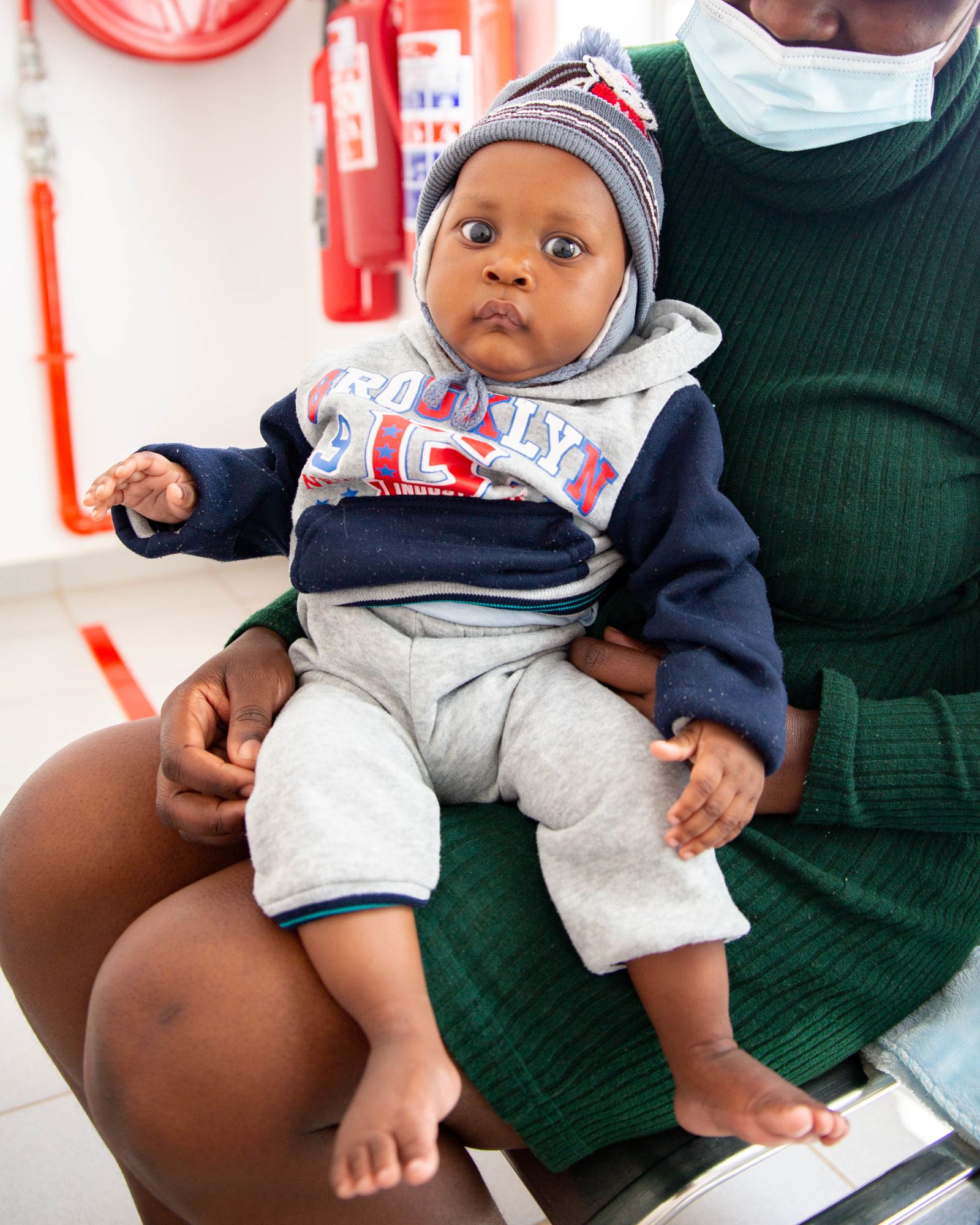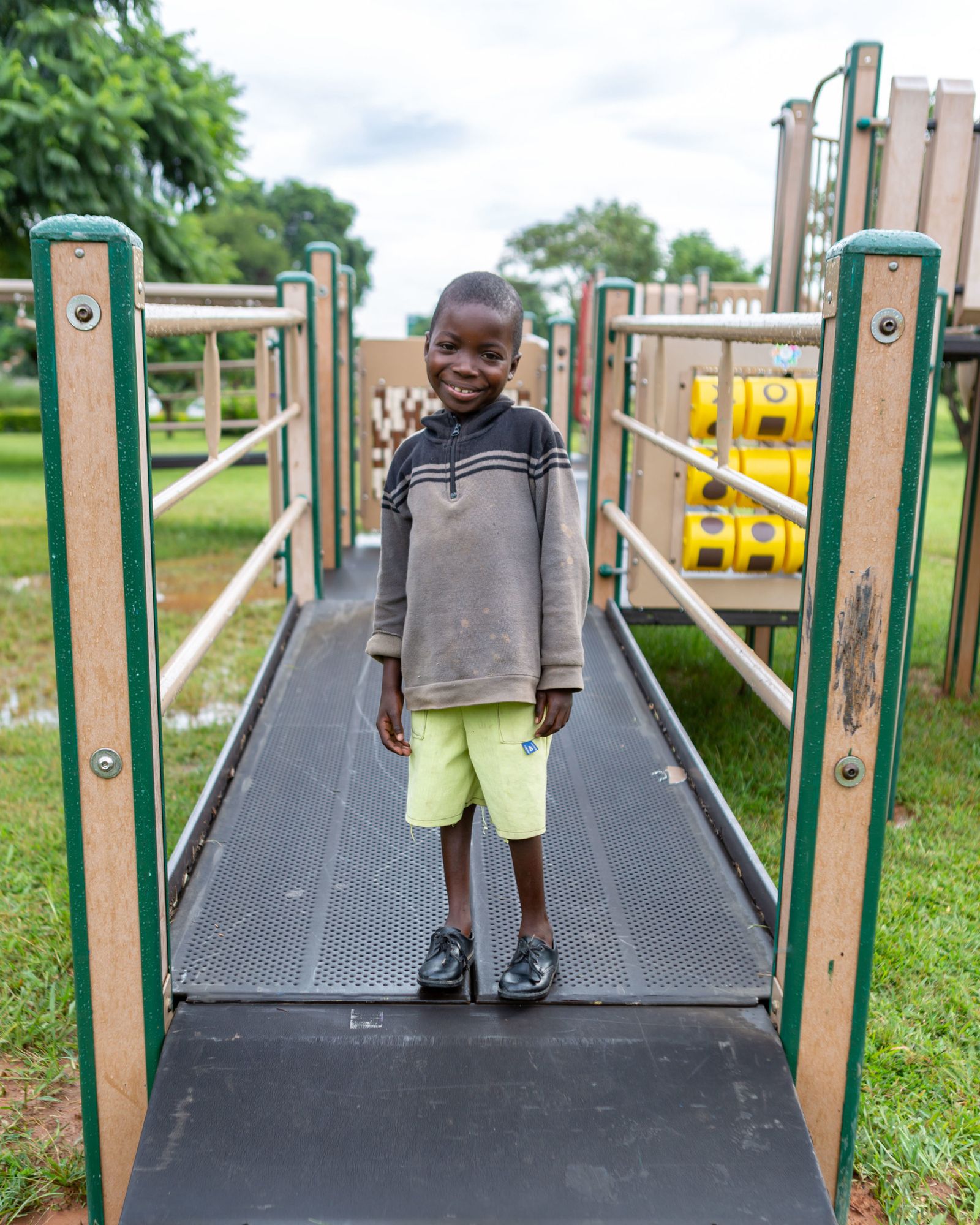Clubfoot
Clubfoot is a congenital condition where one or both feet curve inward—affecting the bones, muscles, tendons, and blood vessels. The feet point down and inward, with the soles of the feet facing sideways. Those affected by clubfoot have difficulty walking and face significant stigmatization that can prevent access to education and later employment. In later childhood, they can develop skin breakdown, pain, and eventual arthritis.
The majority of children with clubfoot have no underlying genetic condition. It is the most common condition treated at CURE hospitals. CURE has completed 75,000+ surgeries for clubfoot since our inception in 1996, with an average of 3,000 per year.

What issues do children with clubfoot face?
Without medical intervention, clubfoot can develop into a serious impairment, making walking painful. For a child growing up with untreated clubfoot, life opportunities are limited, severely impacting their educational, social, and financial futures.
Mobility Challenges
Walking is difficult, and long-term joint conditions like arthritis are common if left untreated.
Exclusion
Children may be ostracized, leading to low self esteem.
Missed Opportunities

Access to education or employment may be limited when children can’t walk or move normally.
Treatment
Ideally, a child would receive clubfoot treatment early in life when it is less invasive and joints are more malleable. However, in low- and middle-income countries, access to adequate medical care is often limited, and this requires different modes of treatment for each age group.













The most common and effective clubfoot treatment for children before age 2, like Prince, is the Ponseti technique. This involves careful stretching of the baby’s foot and holding the position in a specially molded cast that is changed every week. The clubfoot is gradually rotated to a normal position over four to six weeks, at which time a doctor performs a minor procedure where the Achilles tendon is divided under local anesthetic. After a final cast, the baby wears a special brace at night and nap times until four years of age. This brace needs to be changed as the child grows.




Children ages three to ten, like John, still have flexibility in their feet, and they can respond well to casting. After a series of plaster casts, they undergo several surgeries to complete the repositioning of their feet, often including an operation where a tendon is moved from the inside to the outside of the foot. This minimizes the risk of the foot turning inwards again.




Children ages 10 to 18, like Evance, require a more invasive approach because their joints are no longer flexible. Often surgeons will remove some bone to correct the foot (known as a midfoot osteotomy or triple arthrodesis). Alternatively, an external fixator frame can be used, and surgeons carefully place pins into the bones, connecting to a circular frame. The frame is adjusted daily, allowing the foot to straighten gradually. This approach takes patience and careful attention from the child, parent, and hospital team.
Treatment for clubfoot is available at these CURE hospitals:




CUREkid Spotlight, Infant Clubfoot
Prince | CURE Zimbabwe
Before
Shortly after Prince was born with clubfoot, he received a referral to CURE Zimbabwe. Because his condition could be treated in infancy, Prince could avoid invasive surgery.
After
Doctors at CURE were able to straighten Prince’s feet over the course of a few months through a series of casts and a minor procedure. His mom, Gladys, exclaimed, “Prince may never know he was born with clubfoot!” Generous donors to CURE have made Prince’s first steps possible!




CUREkid Spotlight, Juvenile Clubfoot
John | CURE Zambia
Before Surgery
John’s clubfoot condition limited his mobility and kept him ostracized from his community. When the local hospital could not treat him, John’s mom, Agnes, lost hope that her son would live an independent life.
After Surgery
A local partner told the family that surgical care was available at CURE Zambia at no cost to the family. After successful surgery and lots of follow up care, today John’s feet are straight and his future is hopeful!




CUREkid Spotlight, Teen Clubfoot
Evance | CURE Malawi
Before Surgery
By the time Evance and his mom, Dorothy, came to CURE Malawi, Evance had lived for many years with clubfoot. His condition prevented him from walking normally and brought him ridicule within his community.
After Surgery
Generous donors made it possible for CURE to provide the many surgeries and physical therapy sessions Evance needed to straighten his feet. Today, he is walking on his own and back in school.


“Clubfoot is a condition which can be easily treated in infancy; however, if it is left untreated, it will often develop into a very serious impairment which can make walking very difficult. For a child growing up with untreated clubfoot, life opportunities are limited. In many cultures, having a child born with clubfoot is seen as shameful, and as a result, many of these children are unable to attend school. They are excluded from society and often end up in a cycle of poverty, hunger, and destitution.”
— Dr. Tim Nunn, Medical Director at CURE Ethiopia


















